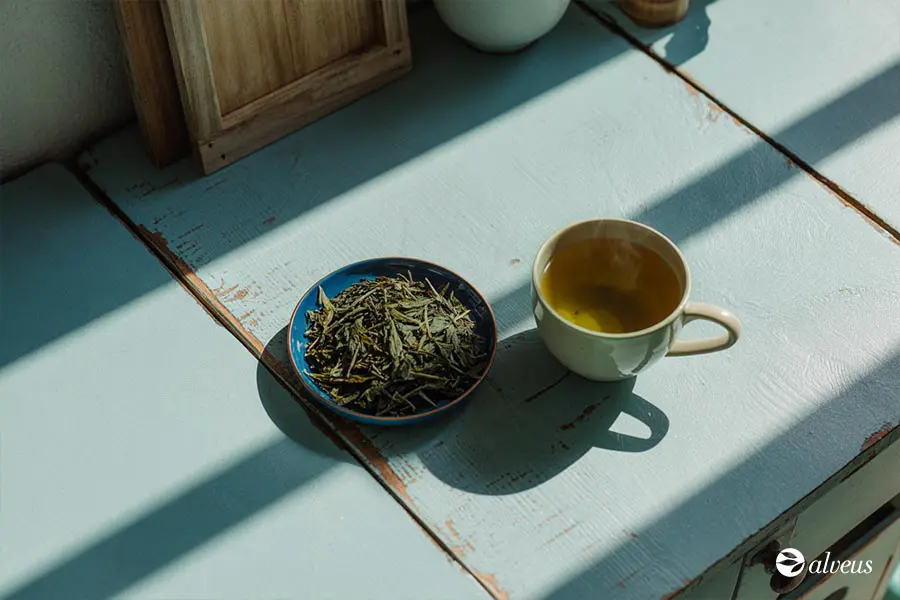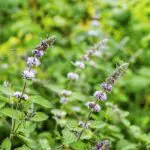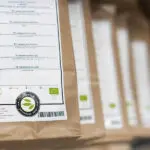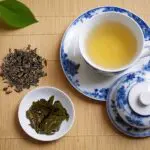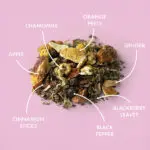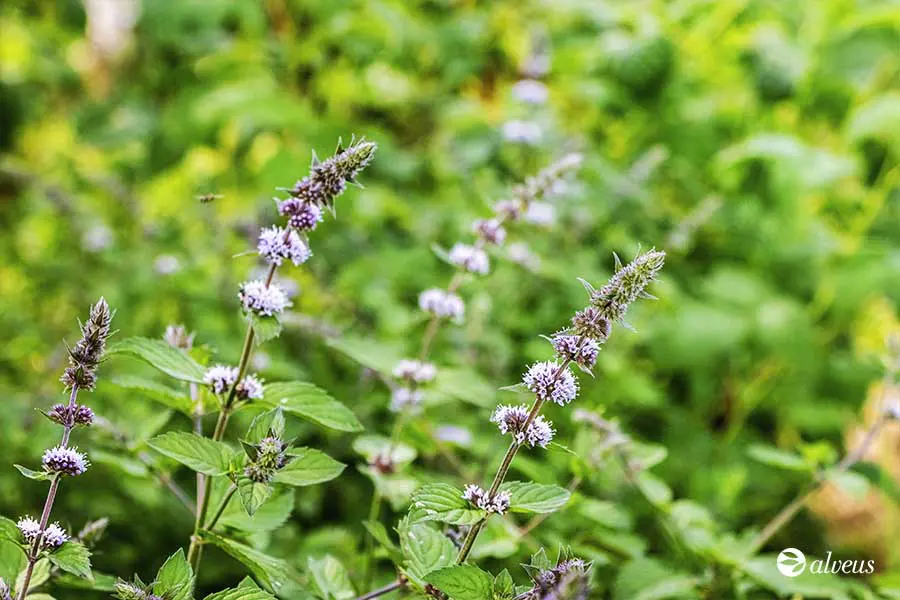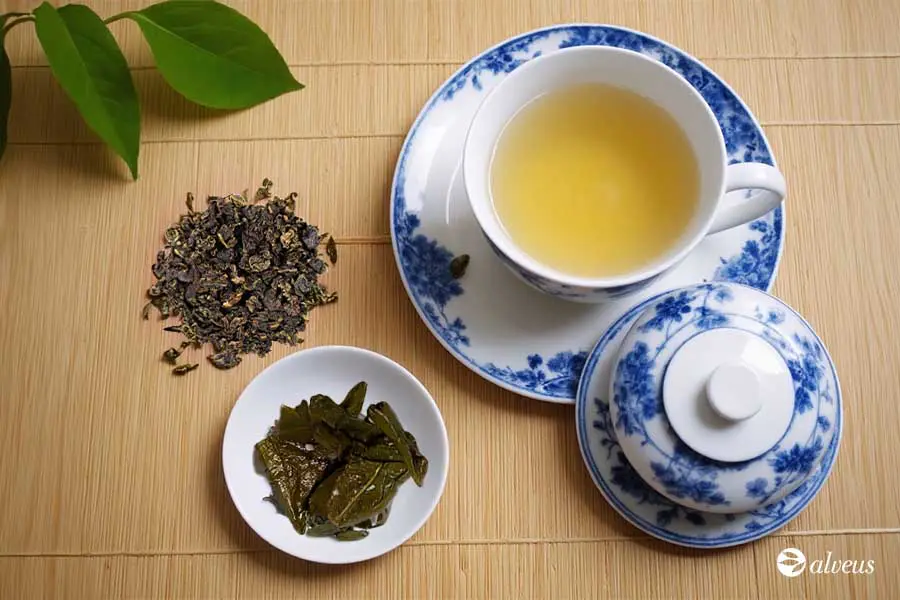In the world of tea, Sencha tea holds a central place due to its quality, versatility, and deep roots in Japanese culture. This variety not only represents a significant portion of Japanese production but has also become a global benchmark for those seeking high-profile, premium-quality green teas, both sensorially and commercially.
This article aims to provide a technical, updated, and useful guide to Sencha tea, covering its origin, varieties, flavour profile, and characteristics, as well as its most common confusions—an essential journey to expand professional and cultural knowledge about one of the world’s most representative teas.
What Is Sencha Tea?
Sencha tea is a Japanese green tea obtained from leaves grown in full sun, harvested, and subsequently steamed at high temperature to halt enzymatic oxidation.
This technique, known as “green tea steaming fixation” (Sencha or traditional Japanese method), results in a tea with a very characteristic profile: emerald green colour, fresh vegetal aroma, and a flavour that balances sweetness, astringency, and umami notes.
Refer to this other blog post to learn more about this green tea production method and others.
Its popularity and quality have made it a reference standard both nationally and internationally, thanks to its balanced sensory profile, characteristic vegetal freshness, and wide range of qualities.
Although Sencha originated in Japan, it is now also commonly produced in China using Japanese steaming methods, resulting in teas that are highly appreciated in the international market.
Explore some of the Sencha teas available in our online store for tea businesses and gourmet shops.
Sensory Profile and Characteristics of Sencha Green Tea
Sencha green tea stands out for having a sophisticated aromatic and gustatory palette, which varies slightly depending on the cultivation area, the type of steaming (asamushi, chumushi, or fukamushi), and the infusion conditions.
To fully understand the profile of Sencha, it’s essential to analyse it from its visual, aromatic, and gustatory qualities:
- Sight: The liquor ranges from golden green to deep green. Sencha leaves have an elongated, narrow, and slightly flattened shape. They appear rolled into straight or slightly curved needle-like forms, a result of the rolling and steaming process characteristic of Japanese green teas.
- Nose: Intense vegetal aromas (cooked spinach, freshly cut grass), marine nuances (nori seaweed, ocean breeze), and a soft sweetness that can lean towards floral or fruity depending on the variety.
- Palate: The balance between umami, moderate astringency, and natural sweetness defines a good Sencha. Its flavour can range from fresh and light to deep and creamy, especially in deeply steamed Senchas like Fukamushicha.
The final characteristics depend on the type of Sencha, the terroir, and the way it is prepared: water temperature (ideally between 70–80 °C), infusion time (30 seconds to 3 minutes, depending on the type of sencha and the number of times it will be steeped), and the ratio of leaves to water.
Origin and Cultivation Areas of Sencha
Sencha is primarily cultivated in Japan, although some countries, such as Australia and China, have begun replicating its style and production process in similar climates.
The most popular Japanese regions producing Sencha green tea include:
- Shizuoka: The heart of Japanese tea, producing around 40% of the country’s tea. Its Senchas stand out for their balance, classic profile, and fresh, herbal notes.
- Kyoto (Uji region): The cradle and historical origin of Japanese tea. Its Senchas are known for their refined, aromatic, and complex profile.
- Kagoshima: Prefecture in the south of the country, with a warm subtropical climate, producing more intense and sweet Senchas, highly valued for Fukamushicha.
- Fukuoka (especially in Yame): Known for the quality of its shaded teas, but also Senchas with excellent balance.
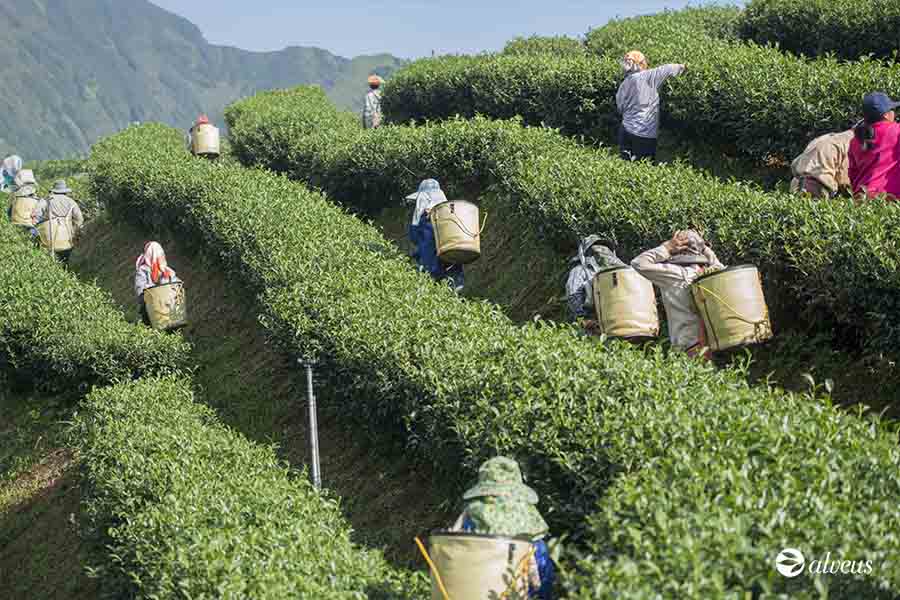
Other Sencha-producing areas include Mie, Miyazaki, and Saitama.
Altitude, type of shade, plant variety (cultivar), and processing method directly influence the final product profile.
If you want to learn more about tea production in Japan, don’t miss this other post where we explore Japanese teas and tea culture in the country.
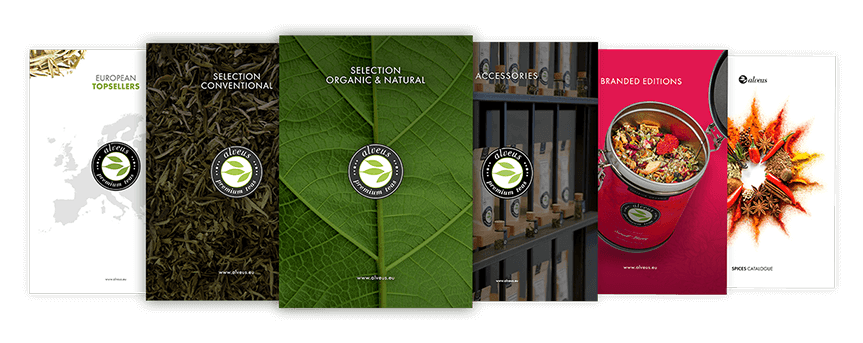
Types of Sencha Green Tea
The differences between the various types of Sencha are mainly due to a combination of four factors that determine the quality, flavour, and commercial positioning of Sencha green tea in the market:
According to the Harvest Time
Japan usually has three main harvests per year (some regions even four), and the resulting Sencha tea varies notably.
Shincha or ichibancha (First Harvest)
Shincha, meaning “new tea,” is the first Sencha tea harvested of the season, between early April and mid-May (depending on the region).
It coincides with the first harvest of the year, hence also known as Ichibancha, “first tea.”
It is made from the youngest leaves, which have accumulated nutrients during the winter. This gives it an exceptional character and a very fresh, sweet, delicate sensory profile, with a soft vegetal aroma and elegant umami notes.
In terms of marketing, Shincha Sencha tea is a highly valued product, launched as a limited or seasonal edition, and usually commands higher prices.
Nibancha (Second Harvest)
This second harvest takes place at the beginning of summer, usually between June and July.
In this case, the leaves no longer contain the same concentration of nutrients as in the first harvest, resulting in a more robust tea, with a more astringent flavour and less aromatic.
Although it remains the quality of Sencha, its use is more oriented towards daily consumption or as a base for blends.
Sanbancha (Third Harvest)
At the end of summer, between July and August, the third harvest, called Sanbancha, takes place.
The product obtained at this time is of lower quality: the leaves are thicker and more fibrous, the flavour tends to be flatter or harsher, and it loses much of the subtleties present in previous harvests. Therefore, Sanbancha is mostly destined for industrial uses or processed products.
According to the Steaming Method
The intensity and degree of steaming are one of the keys that define the character of Sencha. Depending on the exposure time to steam, the tea’s sensory profile can vary significantly.
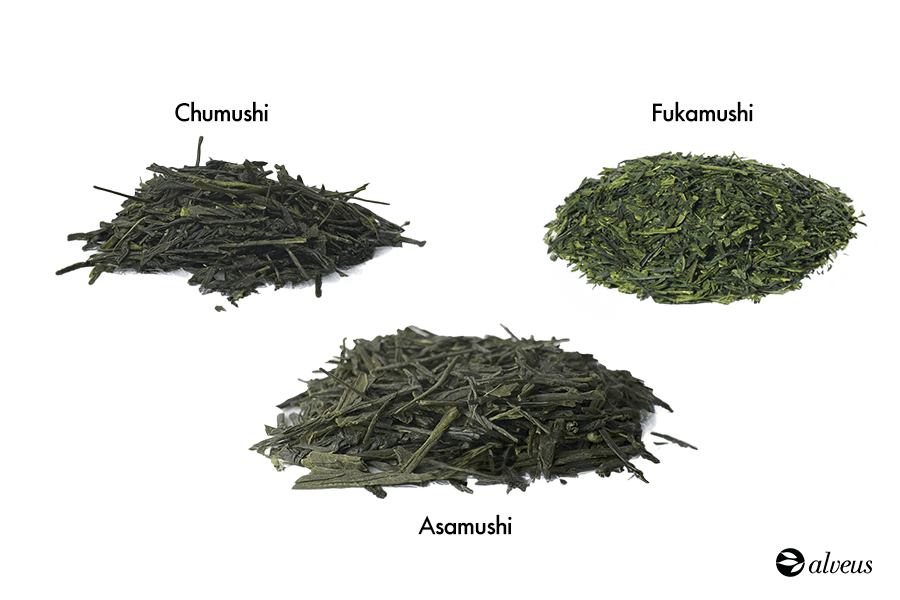
Asamushi: Light Steaming (15–30 seconds)
This type of Sencha is characterised by a more intact and structured leaf, as the steaming is brief (15 to 30 seconds). The resulting infusion is clear and subtle, with delicate vegetal and floral notes, and a light, refreshing umami profile.
Chumushi: Medium Steaming (30–60 seconds)
This is the most common style in the market. The leaves are slightly broken, and the infusion presents a more intense green colour. The flavour is more balanced, combining freshness, umami, and a slight astringency that gives the tea body and persistence.
Fukamushi: Deep Steaming (60–90 seconds or more)
Here, the steam penetrates more deeply into the leaf, which tends to break during processing. This produces a more turbid and opaque infusion, with greater density and a more intense flavour.
The astringency is lower, and the umami stands out, making this style a very popular option in regions such as Kagoshima or Shizuoka.
According to the cultivation or shading method
Although most Sencha tea is grown in full sun, there are variants that, due to specific cultivation techniques or the exact timing of their harvest, offer differentiated characteristics.
Kabusecha (Shaded Sencha)
Kabusecha, or “covered tea,” is a type of Sencha that is partially shaded between 7 and 10 days before harvest using nets that reduce direct sunlight.
By receiving less light, the tea plant increases its production of theanine, responsible for the umami flavour, and reduces the generation of catechins, compounds responsible for astringency. The result is a smoother and sweeter tea, with a profile similar to Gyokuro, although without reaching its intensity.
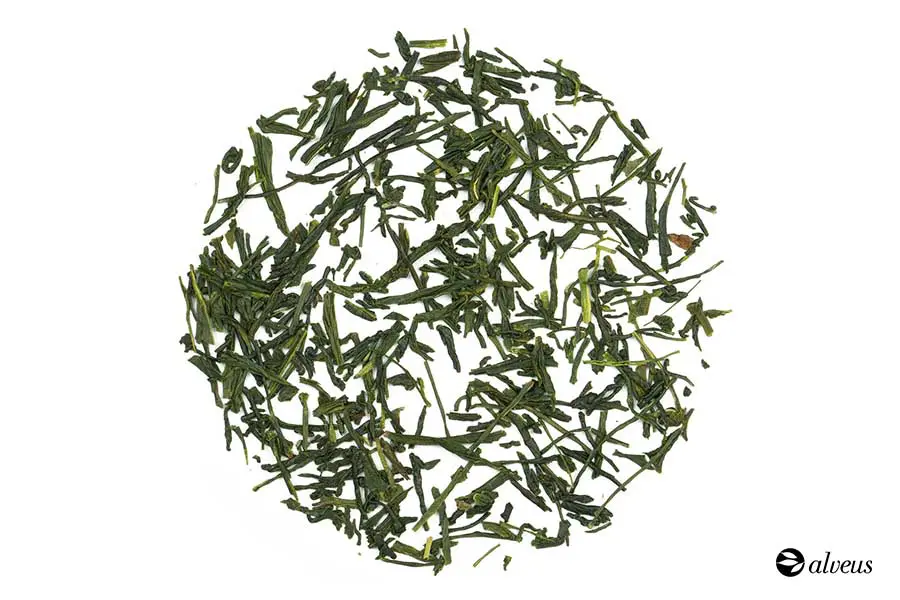
Kabusecha Asuka Bio Sencha Tea, available in our B2B online store.
Hachijuhachiya Sencha (88th Day Sencha)
This Sencha is named after the exact day it is harvested: 88 days after Risshun, the traditional start of spring in the Japanese calendar (around February 2).
The Hachijuhachiya Sencha represents an early high-quality harvest, a tea with a good balance between freshness and sweetness, and a delicate aromatic profile. It frequently has an excellent quality-price ratio and is very attractive as a product with storytelling and added value for original catalogues.
According to the quality grade of leaf selection
Finally, Sencha is also classified based on the quality of the leaves used in its production process. This category also influences the taste, aroma, and value of the final product, allowing Sencha to be differentiated into three types:
Though its official teaching was suspended in the 19th century, it is once again playing a vital role in Japanese healthcare. Several hospitals and universities now include Kampo in their curricula.
Jō Sencha
Superior grade Sencha, made with young tender shoots and well processed in drying and rolling. Its quality makes it ideal for speciality stores and gourmet experiences.
Tokujō Sencha
An even more selective and premium category, with limited production. This type of Sencha offers a clean, persistent, and sophisticated infusion, perfect for tastings or as a high-end gift.
Karigane
A variety of Sencha that includes stems and twigs (kukicha). It has a milder and sweeter flavour, with lower caffeine content.
Popular blends with Sencha
Sencha green tea works very well in blends due to its versatile and balanced profile. Some popular blends include:
- Sencha with matcha: Matcha intensifies the vegetal and umami flavour of Sencha, provides a vibrant green colour, and raises the antioxidant content.
- Sencha with roasted rice (Genmaicha): One of the classic blends of Japanese tradition. Sencha is mixed with roasted brown rice grains, which provides a warm, toasted, and slightly nutty aroma. The result is a comforting, smooth, and low-caffeine infusion.
- Sencha with citrus or mint: The fresh and acidic touch of citrus enhances the green notes of Sencha, creating a refreshing and aromatic blend. It is an ideal blend for iced teas or summer infusions.
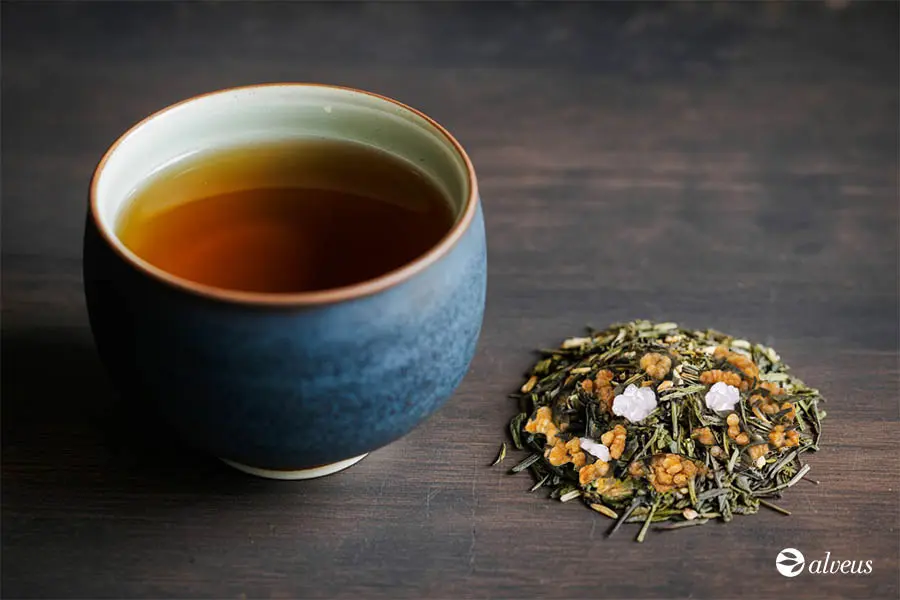
*Genmaicha infusion made with our Japan Genmaicha Yukihime ORGANIC green tea available in our online store.
Conclusion: Sencha, a reference in the tea scene
Exploring the world of Sencha is delving into the essence of Japanese tea. The union between tradition, quality, and versatility makes it a fundamental tea for both industry professionals and green tea enthusiasts.
Understanding its varieties, cultivation methods, sensory profiles, and differences with other teas not only enriches technical knowledge but also allows appreciating its true potential. A product with its own identity, adaptable to multiple contexts, and capable of uniquely expressing Japanese tradition.
Whether as a premium tea for special occasions or as a base in functional blends, Sencha remains an essential reference in the global tea scene.


